Specimen Showcase | A Powerful Reproductive Machine
- Hong Kong Biodiversity Museum

- Mar 13
- 3 min read
Unless you are a fan of Earthworm Jim👀, you may not perceive earthworms as some kind of amazing creatures. But are you so sure that you know much about the secret life of earthworms🔎? Let’s explore it further with 𝘓𝘶𝘮𝘣𝘳𝘪𝘤𝘶𝘴 𝘵𝘦𝘳𝘳𝘦𝘴𝘵𝘳𝘪𝘴 Linnaeus, 1758 , the first species of annelids (the name of the phylum including all earthworms and several other more or less tubular organisms) described by Linnaeus himself… in 1758!
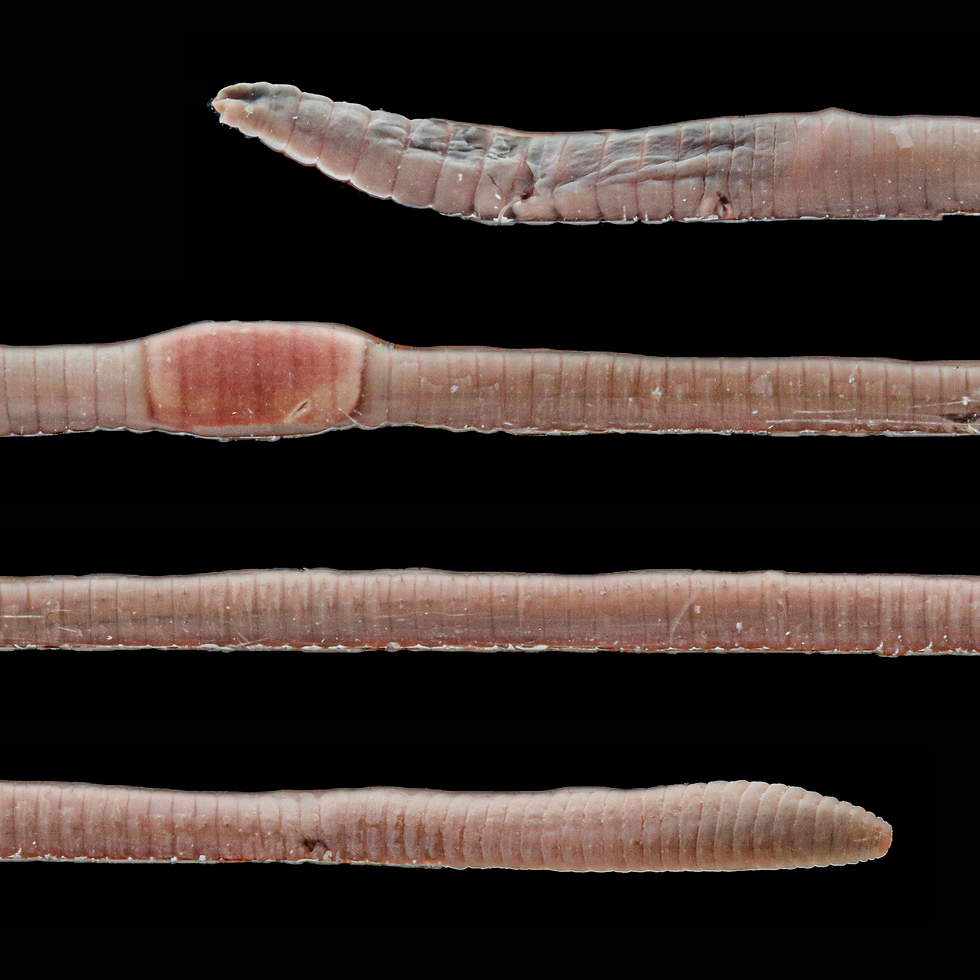
At first sight, nothing extraordinary; it is a species of relatively large-sized earthworm that can grow up to 8 to 15 cm long, as much as the length of your smartphone, and that usually lives underground. Now, have you ever wondered what on Earth worms are eating😋 (ok, it was an easy joke)? This species is a decomposer, and they will thus seek in their environment for a rich supply of organic matter. In most cases, that rich food source is not found underground but just at its surface: in the leaf litter. That’s it: a bunch of freshly felt leaves waiting for the earthworms to pick them up at night and bury them underground in their tunnels to be consumed. Earthworms will also consume other organic matter, either from vegetal or animal origins; they are not picky eaters; and by doing so will enrich the soil with nutrients. So in some regions educated gardeners and farmers see them as great allies to have around😍.
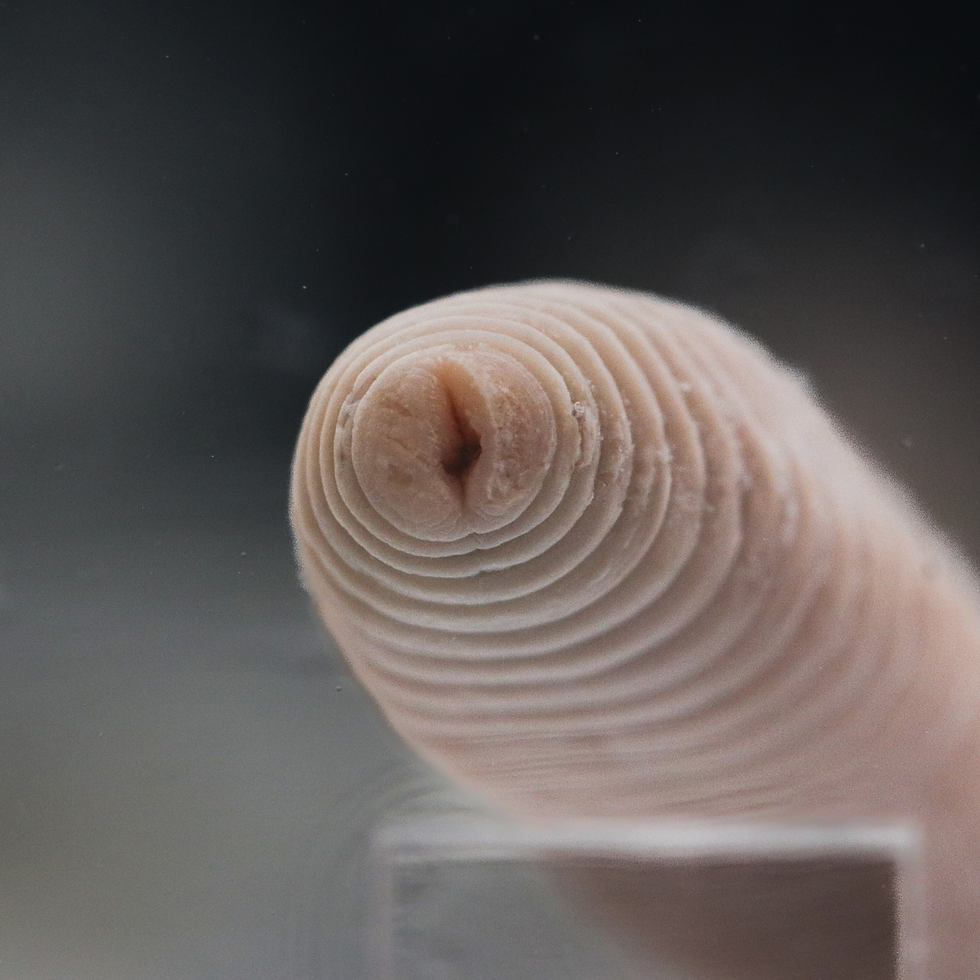
𝘓. 𝘵𝘦𝘳𝘳𝘦𝘴𝘵𝘳𝘪𝘴 is considered to be native to West Europe, but through human activities✈️ including the transportation of soil and plants from country to country the species has become much more widespread. In many other regions around the globe, including in North America, it is now considered invasive as they modify the soil conditions, reduce food resources for other soil invertebrates by altering the forest litter decomposition and reduce plant diversity! With great adaptive ability, they can live in most soil types even surviving in acidic soil with pH below 4. Their ecological flexibility combined with a very efficient reproductive mechanism have allowed them to become invasive in many regions😈.
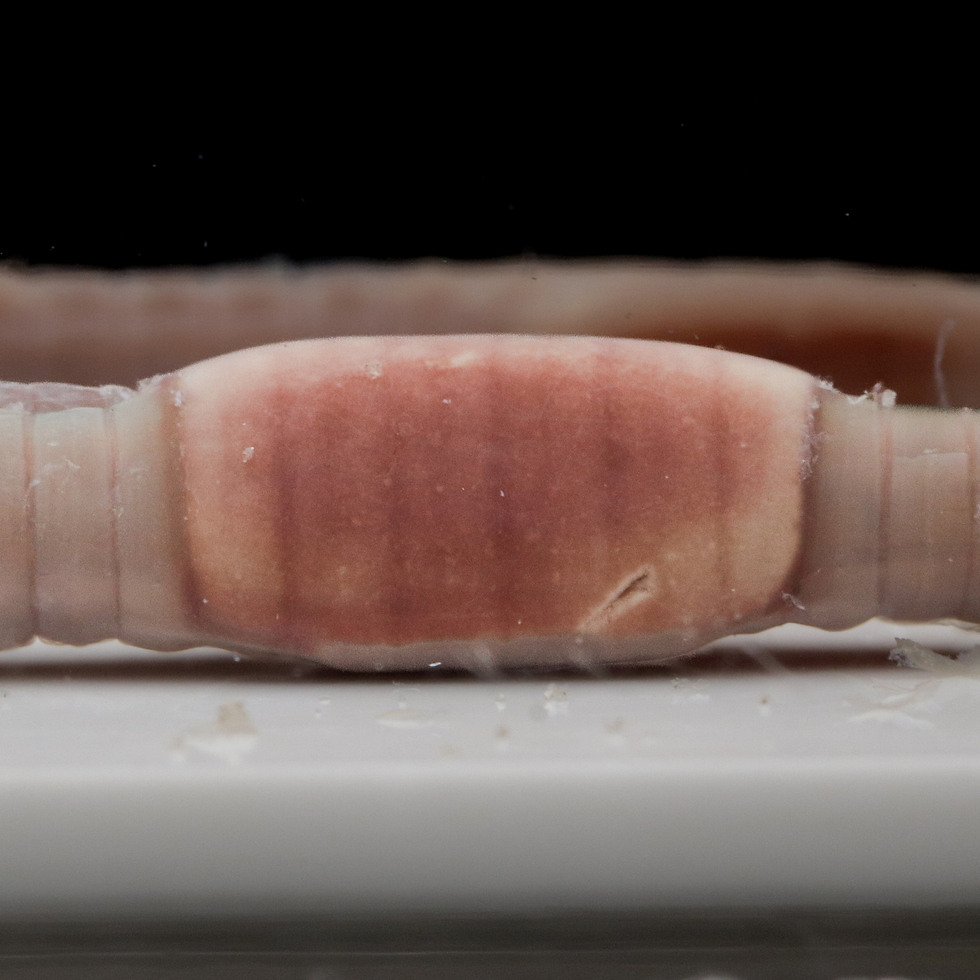
However, 𝘓. 𝘵𝘦𝘳𝘳𝘦𝘴𝘵𝘳𝘪𝘴 within its native range brings positive effects🏆 on the local species community as they work as ecosystem engineers. They provide important ecosystem services such as mixing soil, facilitating nutrient cycle and promote plant growth by bringing more water💧 and air into the deep soil. The negative impacts would only occur when they alter the native community and ecological relationship out of their native range. Another example on how biological invasions can alter local communities, even when the introduced species is known to bring positive effects in its native range.
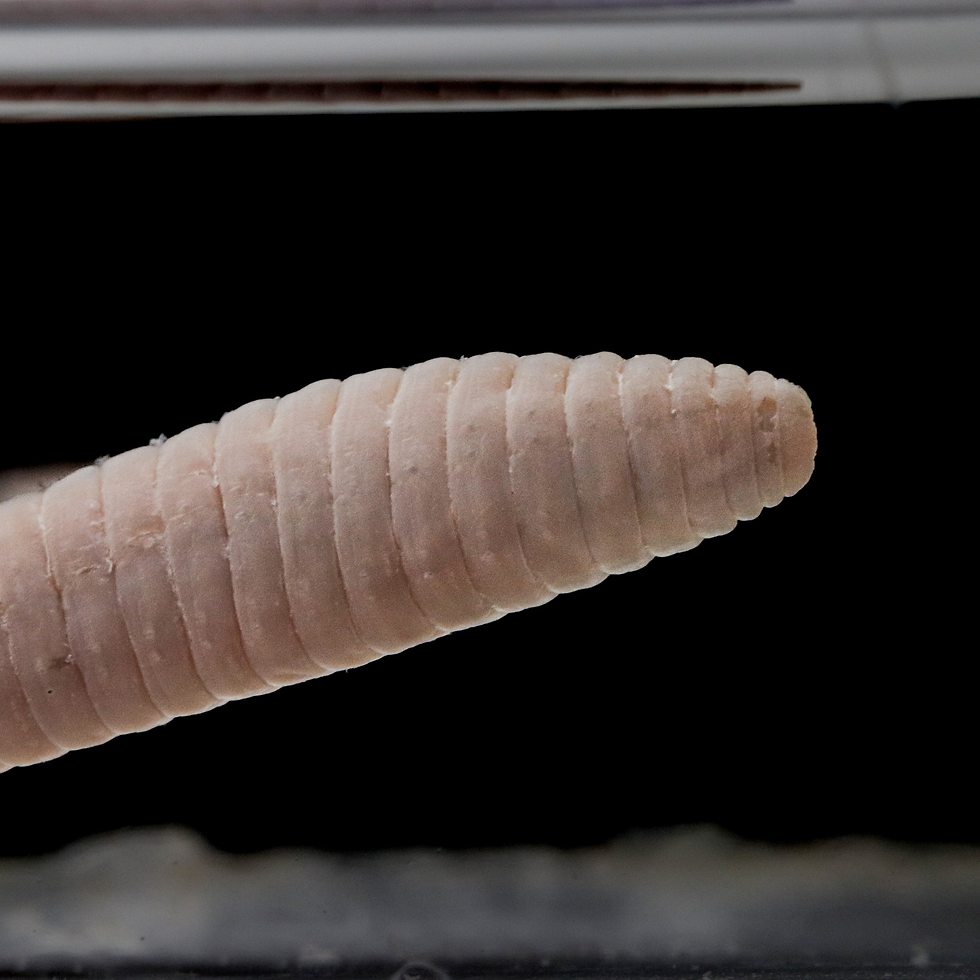
But let’s talk about sex now🔞 and explore the intriguing reproduction of earthworms. Unlike many animal species that need the encounter of male and female individuals for reproduction, 𝘓. 𝘵𝘦𝘳𝘳𝘦𝘴𝘵𝘳𝘪𝘴 would simply need the encounter of any two individuals. This is possible because 𝘓. 𝘵𝘦𝘳𝘳𝘦𝘴𝘵𝘳𝘪𝘴 is hermaphrodite♀️♂️, which in this case means that each individual carries both male and female gametes. As a result, the meeting with any other individual of the same species allows the exchange of male gametes and the fecundation of female gametes. This greatly increases their reproductive ability and provides benefits to establish into a new region and grow a new population relatively easily during the invasion process. A bit of intimity is required though, unless this is humidity to prevent desiccation, as mating happens during nighttime when earthworms leave the soil core and reach the soil surface. Then individuals, usually of similar sizes will mate💓, and the sperm from the donor will be stored in the spermathecae (an organ able to store sperm that remains alive) of the recipient. Before the fertilization takes place, the cocoons which are the egg capsules will first slide toward the head, and the egg is deposited into the cocoon. Finally, the sperm stored in the spermathecae is inserted into the cocoon where finally fertilization takes place, and for the egg to be ultimately deposited in the soil. The baby earthworm will hatch in just a few weeks and begin its feeding life in the soil. Juveniles will need about one year of growth before reaching adulthood size, with reproductive maturity achieved by the second year.
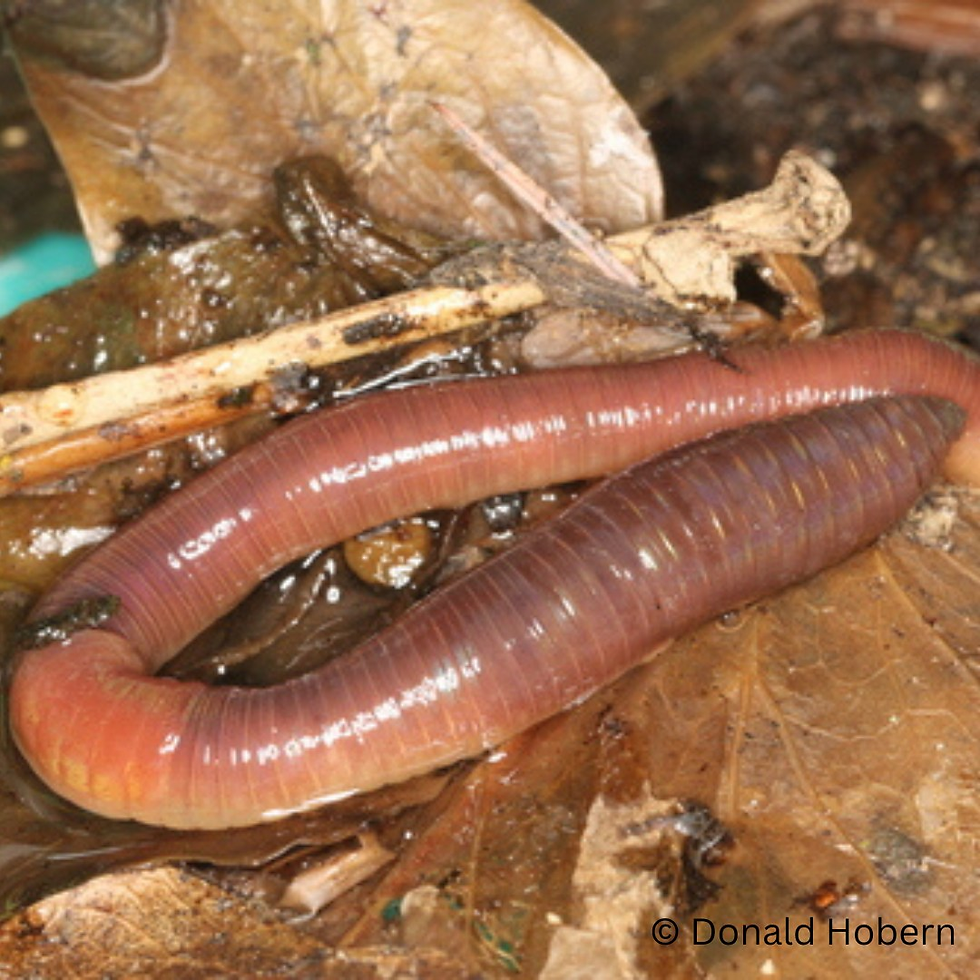
So how cool are the earthworms? If you want to learn more about this underdog creature, come and visit the Hong Kong Biodiversity Museum!
Text: Samuel Yeung




Comments